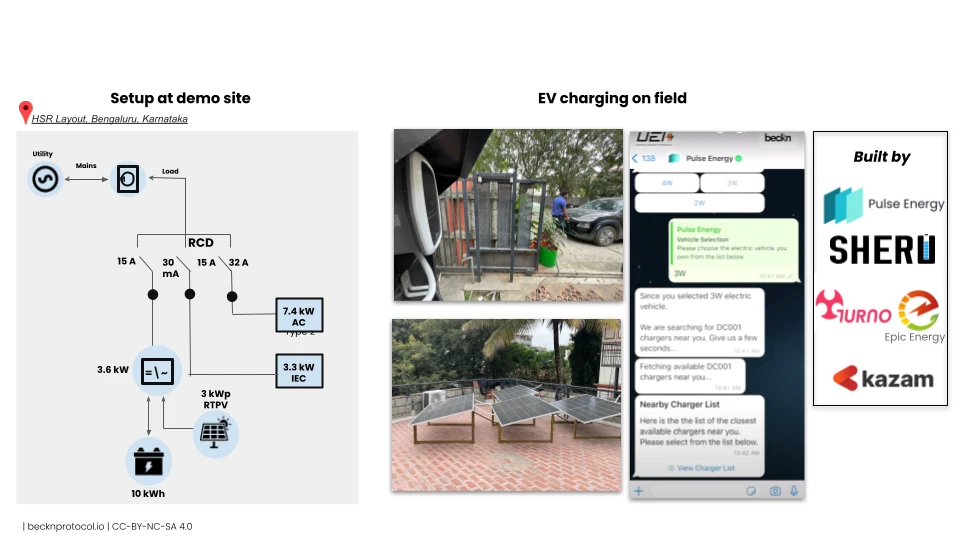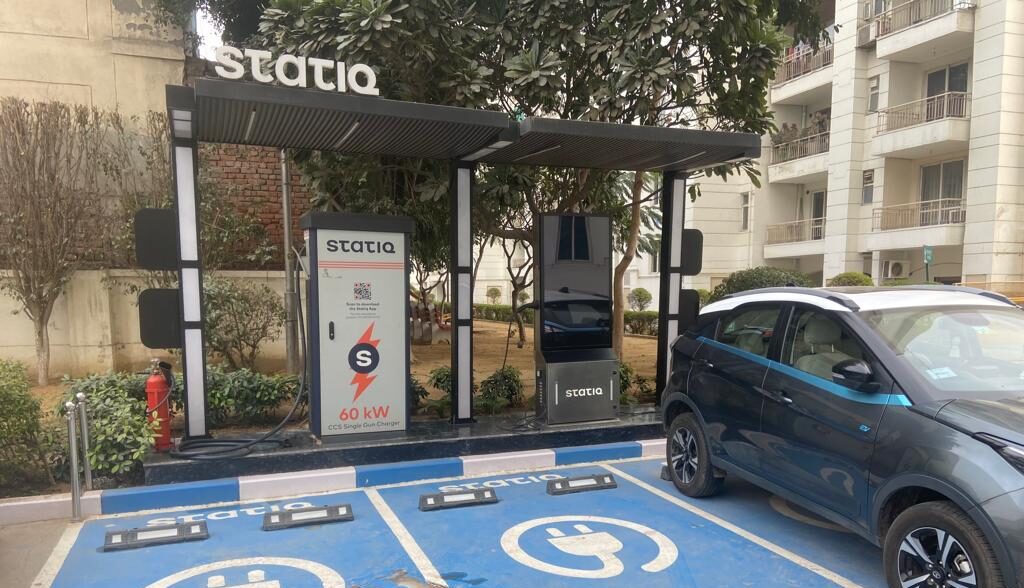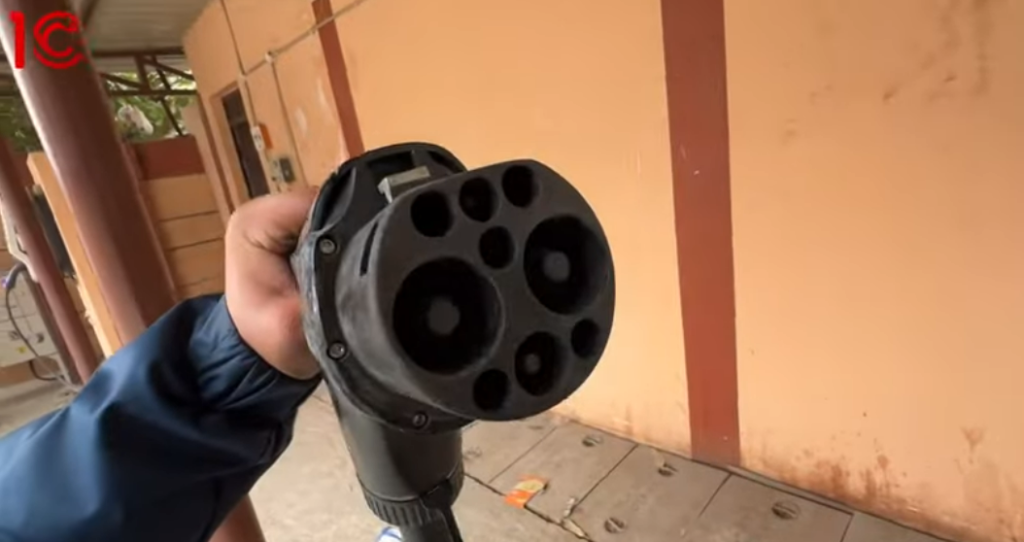Menu
Menu

The world is undergoing a clean energy transition, with countries actively adopting renewable energy sources like solar and wind power. This shift necessitates a robust digital infrastructure to manage the increasingly complex energy ecosystem. Enter the Unified Energy Interface (UEI), a game-changer in standardizing energy transactions.
UEI is an open network protocol built on the Beckn Protocol, an Indian innovation enabling open communication between applications. Imagine UEI as a universal translator for energy systems, allowing different entities to interact seamlessly. It facilitates transactions across various energy sources, including solar and wind power, battery charging, and EV charging services.
How Does UEI Work?
Think of UEI as a three-part system:
Crucially, UEI doesn’t physically transfer energy. It facilitates the creation of energy transfer contracts that ultimately result in physical delivery through existing infrastructure like power lines and transformers.

UEI offers a win-win situation for both consumers and providers:

Applications of UEI
UEI supports various platforms and applications, including:

The current energy landscape is fragmented, making it difficult for different players to interact and transact seamlessly. Here’s why UEI is crucial:
In essence, UEI acts as a bridge between different parts of the energy ecosystem, enabling smoother transactions, increased innovation, and a more efficient path towards a clean energy future.

The Road Ahead
UEI is a significant innovation in the energy sector. It acts as a universal translator for digital energy systems, enabling seamless transactions and fostering a more efficient and sustainable energy ecosystem. By promoting open communication, innovation, and consumer choice, UEI paves the way for a brighter future powered by clean energy.
© 2024 Massive Mobility Private Limited. All rights Reserved